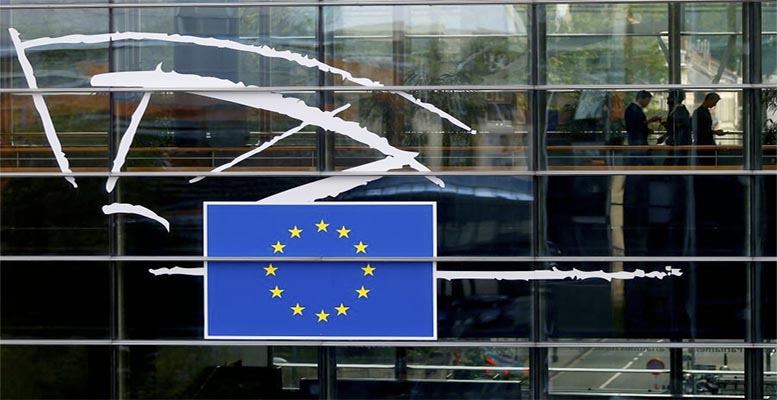Miguel Navascués | In a paper entitled Recent Developments in the Spanish Economy, Policy & Funding, the Spanish government explains how the 140 billion euros from the European Recovery Fund will be distributed to obtain the best result: a solid rebound of the economy with permanent fundamentals. According to the government, it is expected these 140 billion euros to have a multiplier effect of about 500 billion euros, which is a considerable multiplier of 3.6 euros for each euro spent. Is it reasonable to expect such an amount? To answer this question, let us first look at the four main objectives, which are not very concrete and do not allow us to guess which drivers will be used. Cohesion and inclusiveness? What do we mean by this?
Those four general goals are: Ecological Transition, Digital Transformation, Gender Equality, Cohesion and Inclusion). They are included in ten specific policy areas:
1.- Urban and rural agenda: 16.0%.
2.- Ecosystems and infrastructure: 12.2%.
3.- Energy transition: 8.9%.
4.- Public administration of the 21st century: 5.0%.
5.- Modernization and digitalization: 17.1%.
6.- Science and innovation: 16.5%.
7.- Education and knowledge: 17.6%.
8.- Employment and social assistance: 5.7%.
9.- Cultural industry: 1.1%.
10.- Strengthening of the tax system:
These pompous-sounding objectives are pure emptiness. We do not question their long-term value but they do not seem designed to make a Keynesian policy of revitalization. There is a risk of falling into absolute inanity.
We then see the percentage distribution among the chosen activities, which have a suspiciously arbitrary tone. It is, in short, suspiciously similar to that Plan E that former socialist president José Luis Rodríguez Zapatero launched following the financial crisis of 2008.
Highly improbable calculations
To stimulate demand and create the confidence in the recovery that is needed, the best way would be either to undertake public works that would generate jobs and push consumption, or a firm, generalized tax credit linked to a boost of investment. A combination of both should not be ruled out, but if it is a matter of gaining confidence, the second alternative should be more relevant. The offer to cut tax rates, obviously related to the expected productivity, should tend to the longest possible horizon, so that markets agents do not take it as a flash in the pan that should be preserved.
With these governmental premises, it seems very uncertain to reach a multiplier of 3.6 for the 140 billion euros received from Brussels. As it is very unlikely that, investment – which this year would have grown by 7.2% without the aid of the European plan – will increase, thanks to the Resilience Plan, etc etc etc… by no less than 15%! Much less, taking into account that the gross fixed capital formation grew 6.8% in 2017, 6.1% in 2018, and only 2.7% in 2019 to finally fall -18.3% in 2020.
There is nothing to hold on, there is a lack of seriousness. Let’s add, simply, that of the 56 billion euros that the EU allocated to Spain in the period 2014-20, only 34% was executed… and it does not seem that those depleted billions, almost 20,000, had powerful and lasting effects. Why do they have now?





